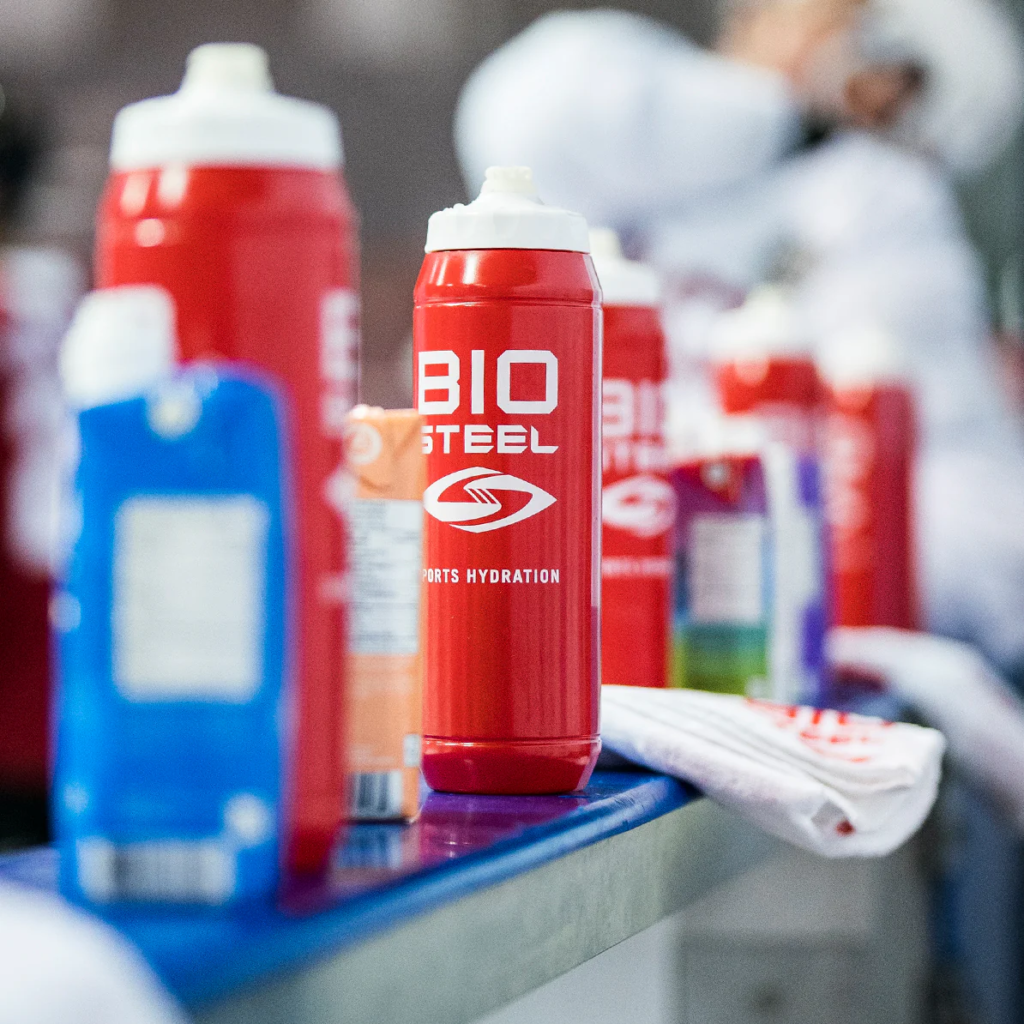The Rise and Fall of BioSteel
BioSteel, a once-prominent player in the sports nutrition market, has been a topic of significant discussion in recent years. Founded in 2009 by John Celenza and former NHL player Michael Cammalleri, BioSteel quickly carved out a niche by offering clean, healthy, and effective sports nutrition products. The brand gained a loyal following among professional athletes and fitness enthusiasts, with its signature pink drink becoming a staple in locker rooms and gyms. However, despite its initial success and strong brand presence, BioSteel was in financial turmoil, ultimately leading to bankruptcy. The company’s journey from prominence to downfall is a classic case of strategic missteps and financial mismanagement.
Strategic Missteps and Financial Woes
The primary factor contributing to BioSteel’s financial downfall was its costly and aggressive marketing strategy. The company invested heavily in high-profile endorsements, partnering with top-tier athletes and sports teams. While these endorsements boosted brand visibility, they also drained financial resources. The return on investment from these partnerships did not meet expectations, leading to mounting debts and financial instability. BioSteel’s rapid expansion into new markets and product lines further strained its finances. The company’s ambition to dominate the sports nutrition market led to overextension, with significant expenditures on product development, manufacturing, and distribution.
Another critical mistake was the lack of a sustainable pricing strategy. BioSteel’s premium pricing, aimed at maintaining an image of quality and exclusivity, alienated many potential customers. As competitors offered similar products at more affordable prices, BioSteel struggled to retain its market share. The company’s inability to adapt its pricing strategy to market demands contributed to declining sales and revenue.

The Bankruptcy and Its Aftermath
In 2023, BioSteel filed for bankruptcy, marking a significant turning point in the company’s history. The bankruptcy filing culminated in years of financial mismanagement and strategic errors. It was a wake-up call for the industry, highlighting the importance of sustainable growth and prudent financial planning. The bankruptcy proceedings revealed the extent of BioSteel’s financial troubles, with substantial debts owed to suppliers, creditors, and partners. The company faced the daunting task of restructuring its operations and finding a viable path to recovery.
Despite the grim outlook, BioSteel’s bankruptcy also presented an opportunity for a fresh start. The company’s assets were acquired by a new owner, who recognized the potential to revive the brand through a strategic overhaul. The acquisition began a new chapter for BioSteel, with a renewed focus on sustainable growth and operational efficiency.
The New Strategy: A Sustainable Approach
The new ownership strategy for BioSteel is centered around sustainability in terms of financial management and product offerings. Learning from past mistakes, the new leadership is committed to prudent financial planning and strategic investments. The emphasis is on sustainable growth, focusing on long-term profitability rather than short-term gains.
Streamlined Operations and Cost Management
One of the new owner’s first steps was to streamline BioSteel’s operations. This involved thoroughly evaluating the company’s expenses and identifying areas where cost savings could be achieved. Non-essential expenditures were cut, and efforts were made to improve operational efficiency. This included optimizing the supply chain, renegotiating contracts with suppliers, and reducing overhead costs. BioSteel aims to enhance profitability and ensure financial stability by adopting a leaner operational model.
Product Innovation and Market Adaptation
The new strategy also strongly emphasizes product innovation and market adaptation. Recognizing consumers’ evolving needs and preferences, BioSteel is investing in research and development to create new and improved products. The focus is on offering clean, healthy, and effective nutrition solutions that cater to a wide range of consumers, from professional athletes to casual fitness enthusiasts.
To stay competitive, BioSteel is also adapting its pricing strategy to make its products more accessible. By offering a range of products at different price points, the company aims to attract a broader customer base. This approach not only helps retain existing customers but also taps into new market segments. Additionally, BioSteel is exploring new distribution channels, including e-commerce and direct-to-consumer sales, to reach a wider audience.
Strengthening Brand Identity and Customer Engagement
Rebuilding BioSteel’s brand identity is another critical aspect of the new strategy. The company reinforces its core values of quality, transparency, and sustainability. This involves revamping marketing campaigns to highlight the benefits of BioSteel’s products and their commitment to clean and healthy nutrition. The company also uses social media and digital marketing to engage customers and build a loyal community.
Customer feedback and engagement are integral to BioSteel’s strategy. By actively listening to customer needs and preferences, the company can continuously improve its products and services. This customer-centric approach not only enhances customer satisfaction but also fosters brand loyalty. BioSteel is also investing in educational initiatives to raise awareness about the importance of proper nutrition and the benefits of its products. These initiatives aim to build trust and credibility among consumers, positioning BioSteel as a trusted leader in the sports nutrition industry.
Collaborations and Partnerships
Collaborations and partnerships are a key component of BioSteel’s new strategy. The company seeks strategic partnerships with athletes, fitness influencers, and health experts to endorse and promote its products. These partnerships are carefully selected to align with BioSteel’s brand values and target audience. By associating with credible and influential figures in the sports and fitness community, BioSteel aims to enhance its brand image and reach a wider audience.
Additionally, BioSteel is exploring partnerships with other companies and organizations in the health and wellness industry. These collaborations can provide mutual benefits, such as co-branded products, joint marketing campaigns, and shared research and development efforts. By leveraging the strengths and expertise of its partners, BioSteel can accelerate its growth and innovation.

Looking Ahead: The Future of BioSteel
The future of BioSteel hinges on the successful execution of its new strategy. While the road to recovery is challenging, the company’s commitment to sustainable growth and innovation provides a strong foundation for a comeback. The lessons learned from past mistakes guide the new leadership in making informed and strategic decisions.
BioSteel’s renewed focus on operational efficiency, product innovation, and customer engagement is already showing promising results. The company’s streamlined operations have led to cost savings and improved profitability. Introducing new products and pricing strategies has helped attract new customers and boost sales. The strengthened brand identity and customer-centric approach have enhanced customer loyalty and satisfaction.
As BioSteel continues to navigate its path to recovery, its experience is a valuable lesson for other companies in the sports nutrition industry. Sustainable growth, prudent financial management, and strategic planning cannot be overstated. BioSteel’s journey underscores the need for companies to adapt to changing market dynamics and consumer preferences while staying true to their core values.
Conclusion
BioSteel’s financial missteps and subsequent bankruptcy were a turning point for the company. The strategic overhaul under new ownership marks a fresh start, focusing on sustainability, innovation, and customer engagement. While challenges remain, BioSteel’s renewed commitment to these principles provides hope for a successful and sustainable future. The company’s journey serves as a reminder of the importance of learning from past mistakes and continuously evolving to meet market and consumer needs.








